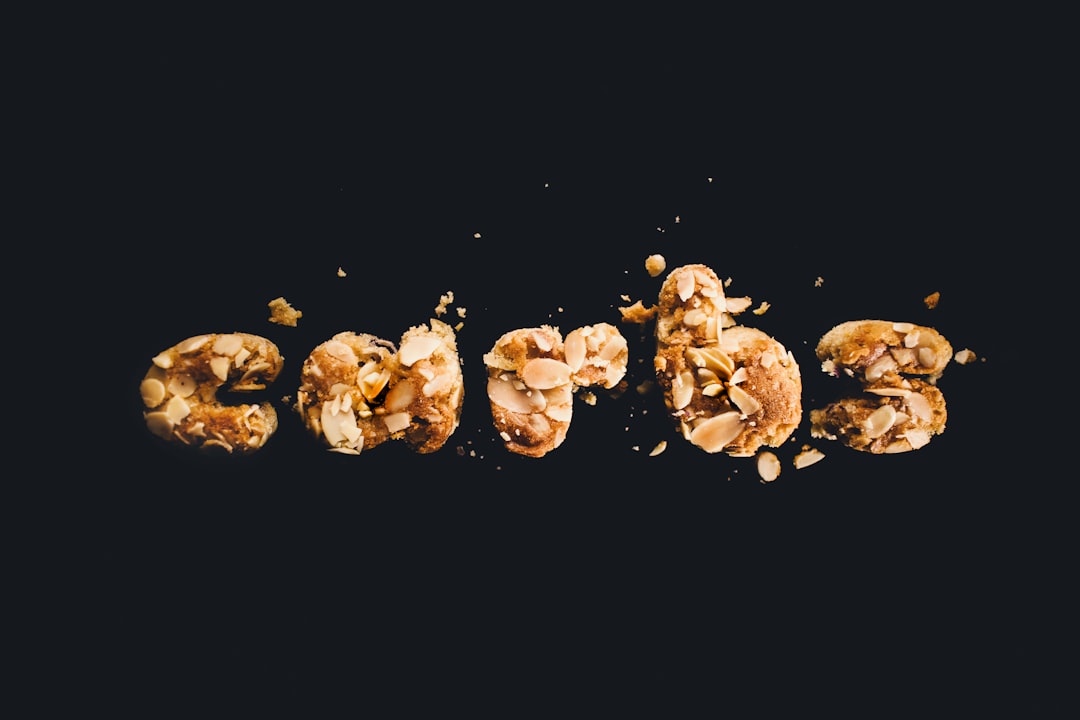
The time has come to talk about carbohydrates. You know, the foods associated with a guilt-laden “high” followed by a sugar “crash.” We affectionately refer to the crash as “bonking” at our house and I’ve learned to spot it from a mile away. You’re bonking! Time for a healthy carb with a side of protein, stat!
In all seriousness, though, poor carbohydrates have gotten a bad rap over the last 20+ years. I remember the hype of the “low carb” movement in the early 2000s while I was in college when people were vilifying rice and happily embracing a reason to eat more bacon, all in the name of health. It is time to clear the air.
But first, a quick reminder that this post is part of a foundational blog series that I kicked off last week when I talked all about the power of protein.
Please remember that the following are my opinions and do not constitute medical or health advice. I recommend that you consult with your physician and/or a Registered Dietitian prior to making any changes to your diet, especially if you have underlying medical conditions, as some of these conditions may require specialized nutrition interventions.
Ok, here we go…
Are Carbohydrates Good or Bad?!?
I’ve often said that most myths about nutrition exist because they contain a grain of truth. The grain of truth in the great carbohydrate debate is this: while there are many benefits to eating some carbohydrates, others are associated with high blood sugar, overeating, and weight gain.
But (and this is an important but), it is important to realize that not all carbohydrates are created equal and they shouldn’t all be lumped together. Take the following list of carbohydrate sources, for example:
Grains: rice, oats, cornmeal, quinoa (actually a seed but has enough carbohydrate to “count”), etc.
Flour-based products: bread, crackers, tortillas, pasta, etc.
Starchy vegetables: corn, potatoes, sweet potatoes, etc.
Beans and lentils (notice that these were also on the protein list - they do “double duty”)
Fruit and fruit products: fresh fruit, dried fruit, fruit juices
Some dairy: milk, ice cream, traditional yogurt
Desserts and sugar: cakes, pastries, candy, soda and other sugar-sweetened foods and beverages
It is clear to see that oats shouldn’t be treated the same as a piece of cake nor should sweet potatoes be treated the same as a glass of juice.
Benefits of Carbohydrates
Carbohydrates provide a source of energy in the form of glucose. When you eat a carbohydrate-containing food, it breaks down into units of glucose and goes into your bloodstream, and provides energy to all the cells in your body. In fact, because carbohydrates are the preferred source of energy in your body, you may feel fatigued or even get headaches if you don’t consume the proper types of balanced carbohydrates throughout the day.
Some carbohydrates also contain fiber, which fills you up, helps to regulate blood sugar levels and promotes healthy bowel habits. This explains why yet another complaint of a low-carbohydrate diet is constipation (a word that my daughter Sara would mix up with “claustrophobic” when she was young, resulting in some pretty hilarious conversations).
Not All Carbohydrates are Created Equal
But while some carbohydrates provide lasting energy, others can cause the "high" followed by a "crash" I mentioned earlier. The key is choosing the sources that will give you lasting energy.
How is that done, exactly? First, choose carbohydrates that have been minimally processed. These are the options that will be the most satisfying and will provide you with the most nutrition while minimizing blood sugar spikes and overeating.
This means choosing oats over a slice of toast, rice over a rice cake, and a whole orange over orange juice.
Next, get rid of added sugars whenever you can. This is easy when you are eating minimally processed foods: there is no added sugar in an apple, a roasted sweet potato, or a glass of milk. It is when you start processing the carbs that things get tricky and all of a sudden you find out there is sugar in your bread, your breakfast cereal, and your pasta sauce.
Lean into those minimally processed carbohydrates and choose the processed ones less frequently:
Choose regularly:
Whole, minimally processed grains (½ - 1 cup)
Minimally processed starchy vegetables (½ - 1 cup)
Beans and lentils (½ - 1 cup)
Whole fruit (½ - 1 cup)
Milk and unsweetened yogurt (¾ - 1 cup)
Choose Less Often:
Processed grains and grain products (½ cup or 1 slice/portion)
Processed starchy vegetables (½ cup)
Dried fruits (¼ cup)
Sweetened yogurt (¾ - 1 cup)
Choose Sparingly:
Sugar and sugar-sweetened desserts and pastry
Fruit juices
Sweetened dairy product desserts
Sugar-sweetened beverages
Some of my go-to carbohydrates include steel-cut oats, brown rice, quinoa, corn tortillas, potatoes, sweet potatoes, and fresh fruit.
Pair Them Up!
Finally, pair your minimally processed, low-sugar carbohydrates with the power of protein to help keep your blood sugars balanced and to make for a satisfying meal. Oh, and to prevent the dreaded “bonking” of course. Add nuts and seeds to your oatmeal, have an egg with your toast, or add some nut butter to your apple. Sounds delicious, right?
What questions do you have about carbohydrates? Leave a like and a comment below, I want to hear from you!



It is easy to put carbs all under the same banner. Thanks for clarifying!
Good info ♥️